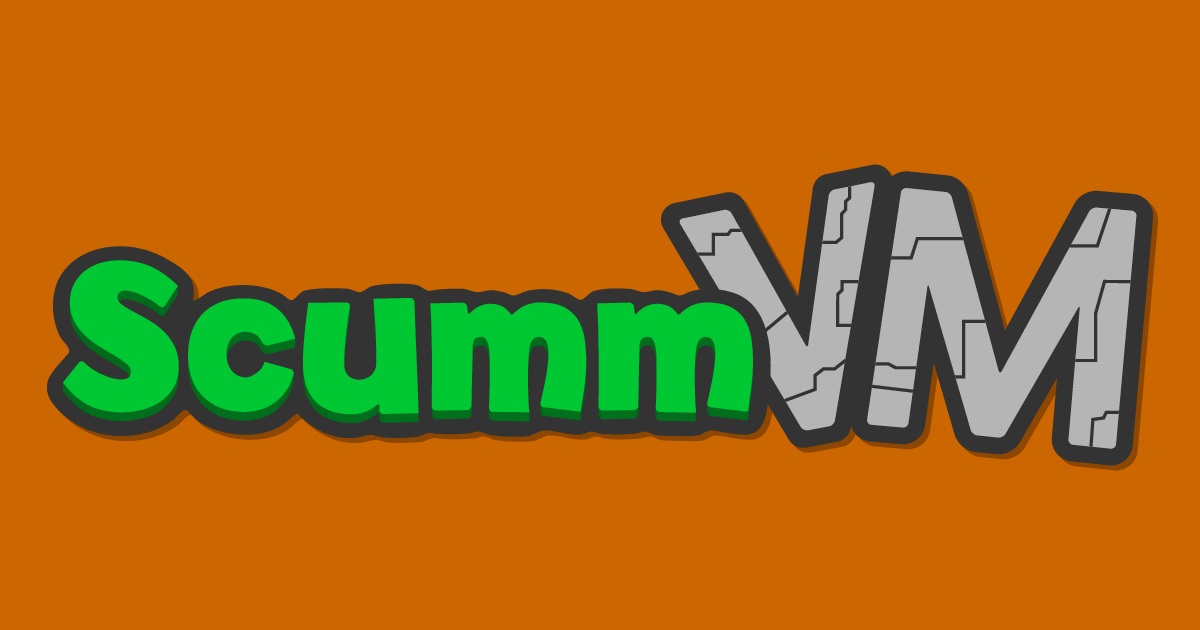
Archaeologists Uncover a Medieval Floor Made of Bones
Hundreds of years ago, someone in the Netherlands concluded that the best way to fill the gaps in their floor was not with tiles, but with bones.
Municipal archaeologists working in the historical center of the Dutch city of Alkmaar have uncovered a historic floor partially tiled with animal bones. This rare feature, announced in a December 13 municipal statement, has only ever been documented in the province of North Holland, usually in 15th-century floors.
“We were very happy to have the opportunity to see this bone floor with our own eyes. It is always a privilege to uncover something from a bygone era and add new information to the history of Alkmaar,” Nancy de Jong, an Alkmaar municipal archaeologist, said in the statement.
The bones are parts of cattle metacarpals and metatarsals (foot bones), and were all cut to the same size. Despite how worn the floor is, archaeologists were able to detect a kind of pattern to the bone arrangement. Specifically, the bones were placed vertically, with either the ridged end or the sawed-off end facing upwards.
Archaeologists have seen this sort of thing before, having previously discovered similar bone features in floors in Hoorn, Enkhuizen, and Edam, with the Hoorn floor displaying a particularly similar pattern. Experts are now wondering whether this may have been a common 15th-century flooring solution or design in the Netherlands.
























/cdn.vox-cdn.com/uploads/chorus_asset/file/24100829/226345_Nest_Doorbell_wired_JTuphy_0006.jpg)
